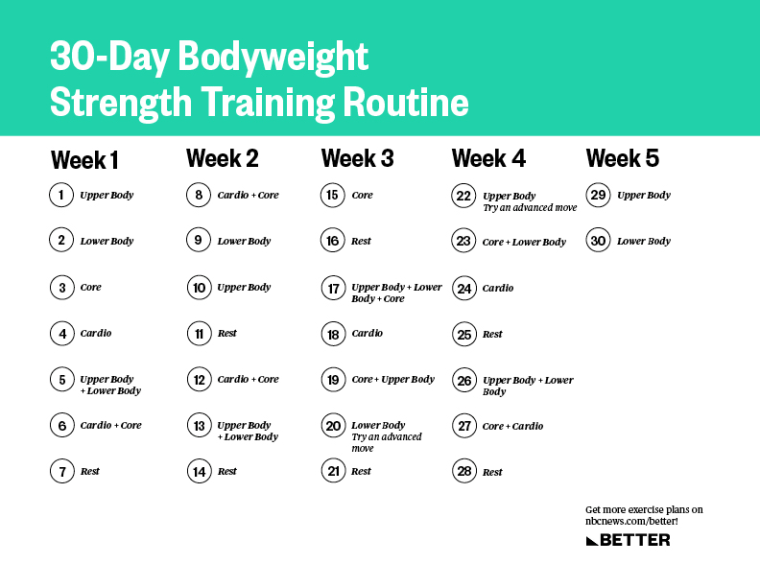Endurance training is a key component of many athletes’ fitness routines, regardless of their sport or discipline. Whether you’re a runner, cyclist, swimmer, or any other type of athlete, building endurance is essential for improving performance and achieving your goals.
Endurance training focuses on improving your body’s ability to sustain prolonged physical activity over an extended period. This type of training challenges your cardiovascular system, muscles, and overall stamina to perform at higher levels for longer durations.
One of the primary benefits of endurance training is increased aerobic capacity. By engaging in activities that elevate your heart rate for an extended period, such as running long distances or cycling at a steady pace, you can improve your body’s ability to efficiently utilize oxygen and fuel during exercise. This leads to enhanced endurance and delayed onset of fatigue.
In addition to cardiovascular benefits, endurance training also helps strengthen muscles and joints, improve mental toughness, and boost overall performance. Endurance athletes often develop mental resilience through pushing their physical limits and overcoming challenges during long training sessions or competitions.
When incorporating endurance training into your fitness routine, it’s important to start gradually and progressively increase the intensity and duration of your workouts. Consistency is key in building endurance effectively while minimizing the risk of injury or burnout.
Examples of endurance training activities include long-distance running, cycling, swimming, rowing, hiking, and cross-country skiing. Interval training can also be beneficial for improving both aerobic capacity and anaerobic threshold.
Whether you’re aiming to complete a marathon, conquer a triathlon, or simply enhance your overall fitness level, incorporating endurance training into your regimen can help you reach new heights in performance and achieve your fitness goals.
9 Essential Tips for Effective Endurance Training
- Gradually increase your training intensity and duration to prevent injury.
- Incorporate a variety of exercises to work different muscle groups.
- Stay hydrated before, during, and after your workouts.
- Get enough rest to allow your body to recover and adapt to the training.
- Focus on proper nutrition to fuel your workouts and aid in recovery.
- Listen to your body and adjust your training as needed based on how you feel.
- Include regular stretching sessions to improve flexibility and prevent muscle tightness.
- Set realistic goals for yourself and track your progress over time.
- Consider working with a coach or trainer for personalized guidance and support.
Gradually increase your training intensity and duration to prevent injury.
To prevent injury and optimize your progress in endurance training, it is crucial to gradually increase both the intensity and duration of your workouts. By allowing your body to adapt slowly to higher levels of stress, you can build strength, endurance, and resilience while minimizing the risk of overuse injuries. Progressing at a sustainable pace also gives your muscles, joints, and cardiovascular system time to adjust and recover effectively between training sessions. Remember that patience and consistency are key when it comes to safely improving your endurance capacity and achieving long-term fitness goals.
Incorporate a variety of exercises to work different muscle groups.
To enhance your endurance training regimen, it is essential to incorporate a variety of exercises that target different muscle groups. By diversifying your workout routine, you can ensure balanced muscle development and reduce the risk of overuse injuries. Engaging in a mix of activities such as running, cycling, swimming, and strength training not only challenges your body in different ways but also helps improve overall fitness and performance. Working different muscle groups through varied exercises contributes to enhanced endurance, strength, and flexibility, ultimately supporting your athletic goals and promoting long-term physical well-being.
Stay hydrated before, during, and after your workouts.
Staying hydrated is crucial for optimizing your endurance training performance and recovery. Before your workout, ensure you are well-hydrated by drinking water throughout the day leading up to your exercise session. During your workout, sip water regularly to replenish fluids lost through sweat and maintain proper hydration levels. After your workout, continue to drink water to help your body recover and rehydrate. Proper hydration supports optimal muscle function, cardiovascular efficiency, and overall performance during endurance training sessions.
Get enough rest to allow your body to recover and adapt to the training.
It is crucial to prioritize adequate rest and recovery when engaging in endurance training. Giving your body the time it needs to recover and adapt to the physical demands of training is essential for maximizing performance gains and reducing the risk of overtraining injuries. Rest allows muscles to repair and grow stronger, while also replenishing energy stores and supporting overall recovery processes. By incorporating sufficient rest periods into your training schedule, you can optimize your endurance training efforts and ensure long-term progress towards your fitness goals.
Focus on proper nutrition to fuel your workouts and aid in recovery.
Proper nutrition plays a crucial role in optimizing endurance training performance and facilitating post-workout recovery. Fueling your body with the right nutrients before, during, and after workouts can help sustain energy levels, enhance endurance, and support muscle repair and growth. Carbohydrates are essential for providing the energy needed for sustained physical activity, while protein aids in muscle recovery and rebuilding. Additionally, staying hydrated is key to maintaining optimal performance during endurance training sessions. By prioritizing proper nutrition as part of your training regimen, you can maximize the benefits of your workouts and accelerate progress towards your fitness goals.
Listen to your body and adjust your training as needed based on how you feel.
Listening to your body is crucial when it comes to endurance training. Paying attention to how you feel during workouts and adjusting your training accordingly can help prevent overtraining, injuries, and burnout. If you’re feeling fatigued or experiencing persistent soreness, it may be a sign that your body needs rest or a lighter workout. On the other hand, if you’re feeling strong and energized, you may be able to push yourself a little harder. By tuning in to your body’s signals and making adjustments as needed, you can optimize your training routine and progress towards your endurance goals more effectively.
Include regular stretching sessions to improve flexibility and prevent muscle tightness.
Regular stretching sessions are a crucial component of an effective endurance training regimen. By incorporating stretching exercises into your routine, you can improve flexibility, prevent muscle tightness, and reduce the risk of injuries. Stretching helps to maintain muscle elasticity and range of motion, allowing your muscles to work more efficiently during physical activity. It also promotes better circulation and helps alleviate muscle tension built up from intense training sessions. Making time for regular stretching not only enhances your overall performance but also contributes to better recovery and long-term athletic success.
Set realistic goals for yourself and track your progress over time.
Setting realistic goals for yourself and tracking your progress over time are essential components of effective endurance training. By establishing achievable milestones, you can stay motivated and focused on your training regimen. Tracking your progress allows you to monitor improvements, identify areas for growth, and make necessary adjustments to your workout routine. Whether it’s aiming to increase your running distance by a certain amount each week or improving your cycling speed over a specific period, setting realistic goals and tracking your journey can help you stay on course towards reaching peak performance in endurance training.
Consider working with a coach or trainer for personalized guidance and support.
When embarking on an endurance training journey, it’s beneficial to consider working with a coach or trainer who can provide personalized guidance and support tailored to your specific goals and needs. A coach or trainer can help design a structured training program that aligns with your fitness level, schedule, and objectives, ensuring that you progress safely and effectively. They can offer valuable insights, motivation, and accountability to keep you on track and optimize your performance. With their expertise and encouragement, you can push past limitations, improve your endurance capacity, and achieve new milestones in your fitness journey.


